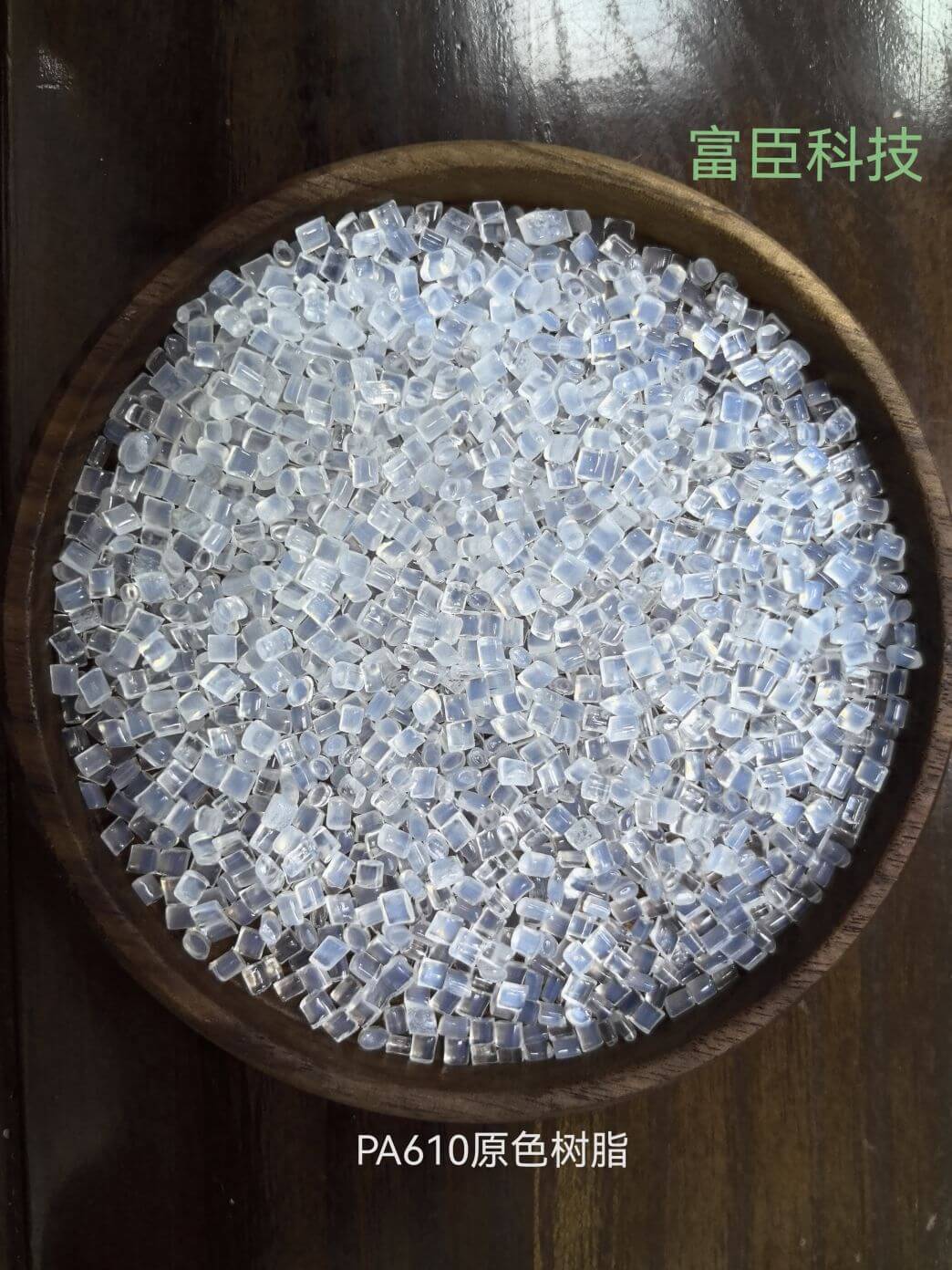Vai esat kādreiz aizdomājušies, no kā ir izgatavoti tie ērtie iepirkumu maisiņi, ko saņemat veikalā? Ļoti iespējams, ka tas ir neilons! Neilons ir daudzpusīgs materiāls, kas veidots, apvienojot molekulas dažādās formās, piemēram, šķiedrās vai plēvēs. To izmanto daudzās nozarēs. Bet kas ir neilons 6 10? Šajā rakstā aplūkosim neilona 6 10 specifiku, tā īpašības un daudzos pielietojuma veidus.
Kas ir neilons 6 10?
Iedomājieties neilonu 6 10 kā neilona veidu, kas veidots no diviem celtniecības blokiem, ko sauc par monomēriem. Skaitļi 6 un 10 apzīmē oglekļa atomu skaitu katrā monomērā. Neilona 6 10 vienā blokā ir 10 oglekļa atomi, un to sauc par sebakoilhlorīdu. Otram ir 6 oglekļa atomi, un to sauc par 1,6-diaminoheksānu.
Kad šie divi monomēri ķīmiskajā reakcijā savienojas, tie veido garu ķēdi, kas ir neilons 6 10. Šo procesu sauc par kondensācijas polimerizāciju, un šīs reakcijas laikā dažas mazas molekulas tiek zaudētas. Tāpat kā citus neilonus, neilonu 6/10 var pastiprināt ar stikla šķiedru vai citiem materiāliem, lai uzlabotu tā īpašības.
Nzilonis 6 10 Structure
Kā neilons 6/10 ir salīdzināms?
Salīdzinot ar citiem neiloniem, neilonam 6/10 ir dažas būtiskas priekšrocības. Galvenā priekšrocība ir tā, ka tas ļoti maz uzsūc mitrumu, tādējādi saglabājot izturību pat tad, kad tas ir slapjš. Tāpēc tas ir lieliska izvēle, piemēram, zobu birstes sariņiem. Vēl viena priekšrocība ir tā, ka neilons 6/10 labāk nekā daži citi neiloni iztur temperatūras izmaiņas, kā arī ir izturīgs pret daudzām ķīmiskām vielām.
Šeit ir divas neilona 6/10 papildu funkcijas:
- Laba izturība pret nodilumu:Neilonam 6/10 ir augsta nodilumizturība pret berzi. Tas padara to piemērotu lietojumiem, kas saistīti ar slīdēšanas vai berzes kustībām, piemēram, gultņiem, zobratiem un buksēm.
- Ugunsdrošas īpašības:Dažas neilona 6/10 formulas var būt nedegošas pēc savas būtības vai modificētas ar piedevām, lai iegūtu šo īpašību. Tas padara to par vērtīgu materiālu lietojumiem, kur ugunsdrošība ir svarīga, piemēram, elektrisko komponentu vai masu transporta detaļu ražošanā.
Neilona plusi un mīnusi 6/10
Priekšrocības:
- Zema mitruma absorbcija
- saglabā izturību plašā temperatūras diapazonā
- Laba izturība pret ķimikālijām
- Laba izturība pret nodilumu
- liesmu slāpējošas īpašības (dažos preparātos).
Pret:
- Parasti ir dārgāks nekā daži citi neiloni.
Kur var atrast neilonu 6 10?
Neilona 6/10 priekšrocības padara to par vērtīgu materiālu daudzās nozarēs. Kā minēts iepriekš, tā zemā mitruma absorbcija padara to ideāli piemērotu zobu birstes sariņiem. Turklāt, tā kā tas saglabājas izturīgs dažādās temperatūrās, to plaši izmanto automobiļu detaļās, piemēram, dzinēja pārsegos, gaisa ieplūdes atverēs un radiatoros. Neilona 6/10 labā ķīmiskā izturība padara to piemērotu arī degvielas tvertnēm.
Ne tikai automašīnās, bet arī sporta pasaulē neilonu 6/10 izmanto tādās lietās kā rakešu rāmji un velosipēdu detaļas. Tā izturība un vieglais svars padara to ideāli piemērotu šādām vajadzībām, palīdzot pagarināt sporta aprīkojuma kalpošanas laiku un samazināt sportistu svaru.
Neilona 6/10 lieliskās mehāniskās īpašības un nodilumizturība padara to par materiālu, no kura izgatavo mašīnu detaļas smagajā rūpniecībā, piemēram, zobratus, gultņus un žiroskopus. Elektronikas pasaulē tā labās elektriskās izolācijas īpašības padara to noderīgu savienotājiem un izolatoriem.
Secinājums
Neilonu pasaule ir plaša, un neilons 6 10 izceļas ar iespaidīgu kombināciju - zemu mitruma absorbciju, labu temperatūras izturību, ķīmisko izturību, nodilumizturību un pat antipirēna īpašībām (dažos sastāvos). Šīs īpašības padara to par vērtīgu materiālu dažādās nozarēs, sākot no sporta precēm līdz pat automobiļiem un elektronikai. Tāpēc, kad nākamreiz sastapsieties ar izturīgu un daudzpusīgu plastmasas sastāvdaļu, pastāv liela iespēja, ka tā varētu būt neilons 6/10!


